What is an M.2 SSD: Small form factor data storage explained
If you've every asked 'what is an M.2 SSD?', you're not alone
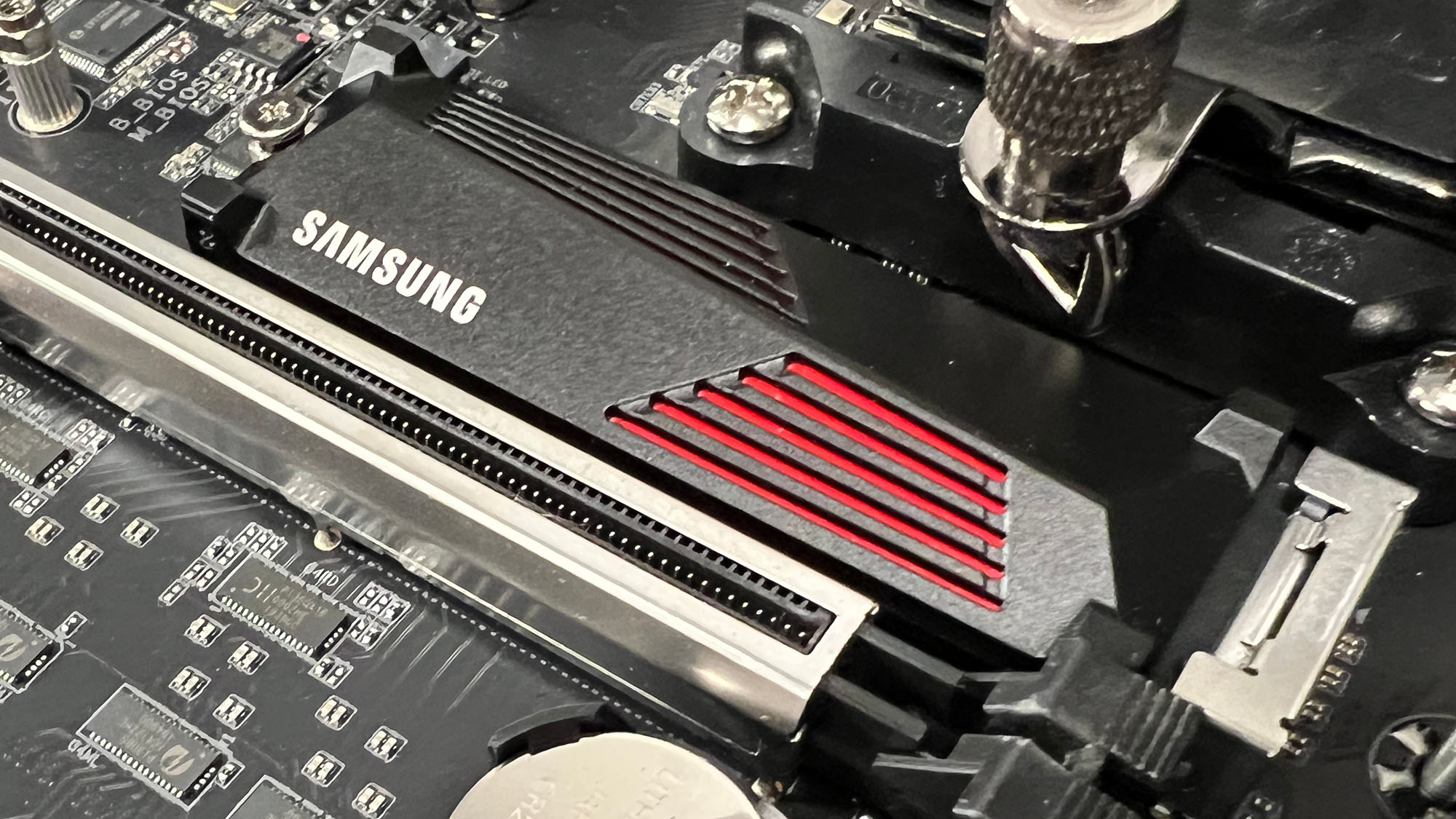
While SSDs have been around for a while now, newer M.2 SSDs are all the rage, so plenty of people are wondering "what is an M.2 SSD, and do I need one for my PC or laptop?"
That's a complicated question to answer, since many of the best M.2 SSDs aren't that much faster than the best SSDs using a standard SATA III interface, but there are definitely some high performance storage devices to be had for those willing to make the investment.
These SSDs, like those using the PCIe and NVMe interface are significantly faster than traditional SSDs, and they absolutely blow the best hard drives out of the running in terms of performance.
There are tradeoffs though, and an M.2 SSD isn't right for everybody, so we're going to break down everything you need to know about this SSD form factor so you can make the right choice for your needs and budget.
What is an M.2 SSD: Next-Gen Form Factor explained
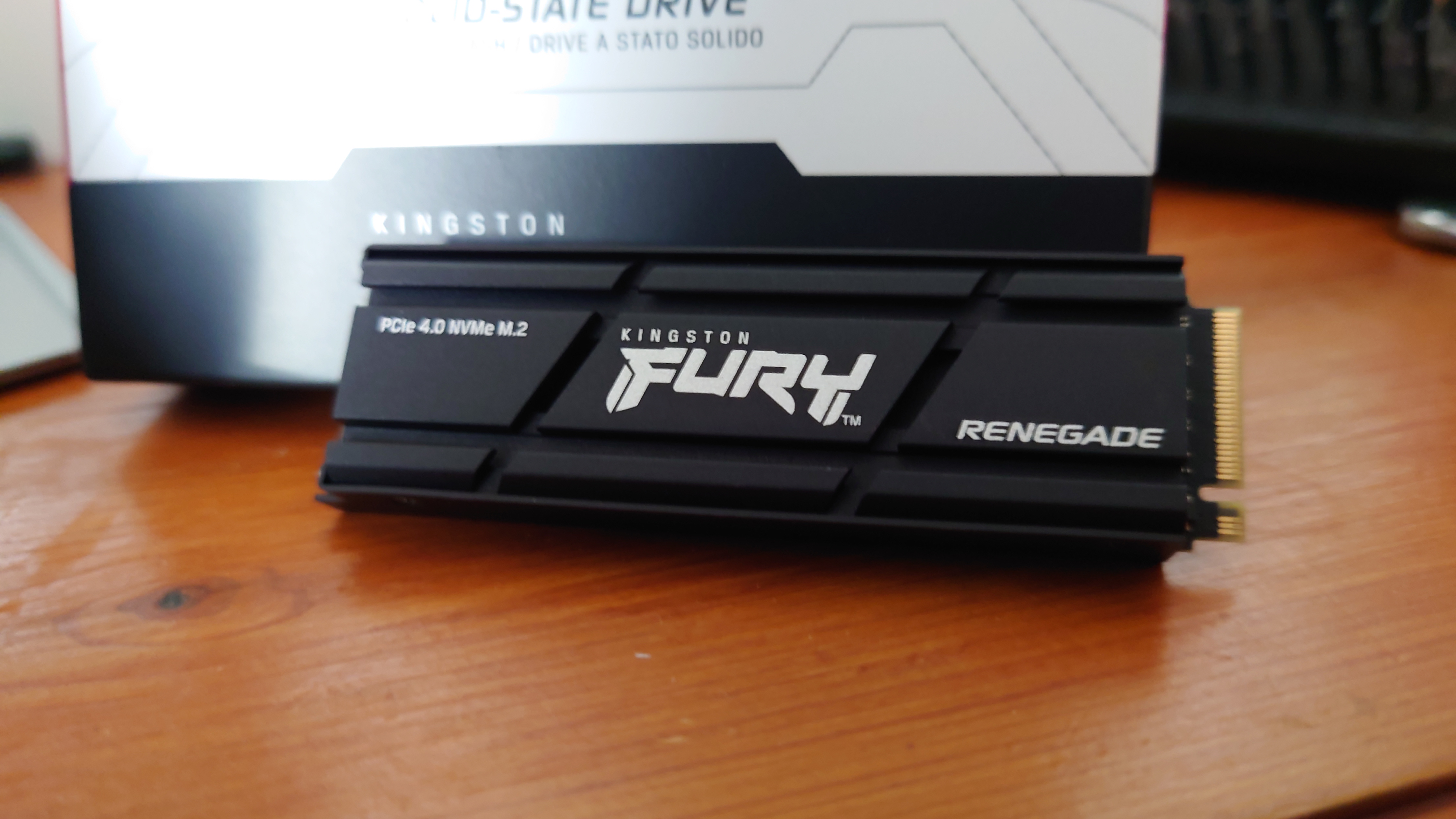
What is an M.2 SSD
An M.2 SSD (formerly known as Next Generation Form Factor or NGFF) is a type of solid-state drive that is designed to be used in smaller devices like laptops, tablets, and ultrabooks. M.2 SSDs are significantly smaller and thinner than traditional 2.5-inch SATA SSDs and can also offer faster data transfer speeds.
M.2 SSDs connect to the motherboard using an M.2 slot, which is a small, rectangular socket that is usually located near the CPU or other PCIe slots. They use the PCIe interface to transfer data, allowing them to achieve much faster data transfer rates than traditional SATA SSDs.
These kinds of SSDs can offer a range of advantages over other types of storage solutions. They are smaller and more compact, making them ideal for use in thinner and lighter devices. They can also provide faster read and write speeds, which can improve overall system performance, especially in tasks that require the transfer of large amounts of data, such as video editing, gaming, and database workloads.
One thing to note is that not all M.2 slots support PCIe connectivity, and some slots may only support SATA connectivity. It's important to check the specifications of your device and the SSD you plan to purchase to ensure they are compatible.
What are some of the features of an M.2 SSD?
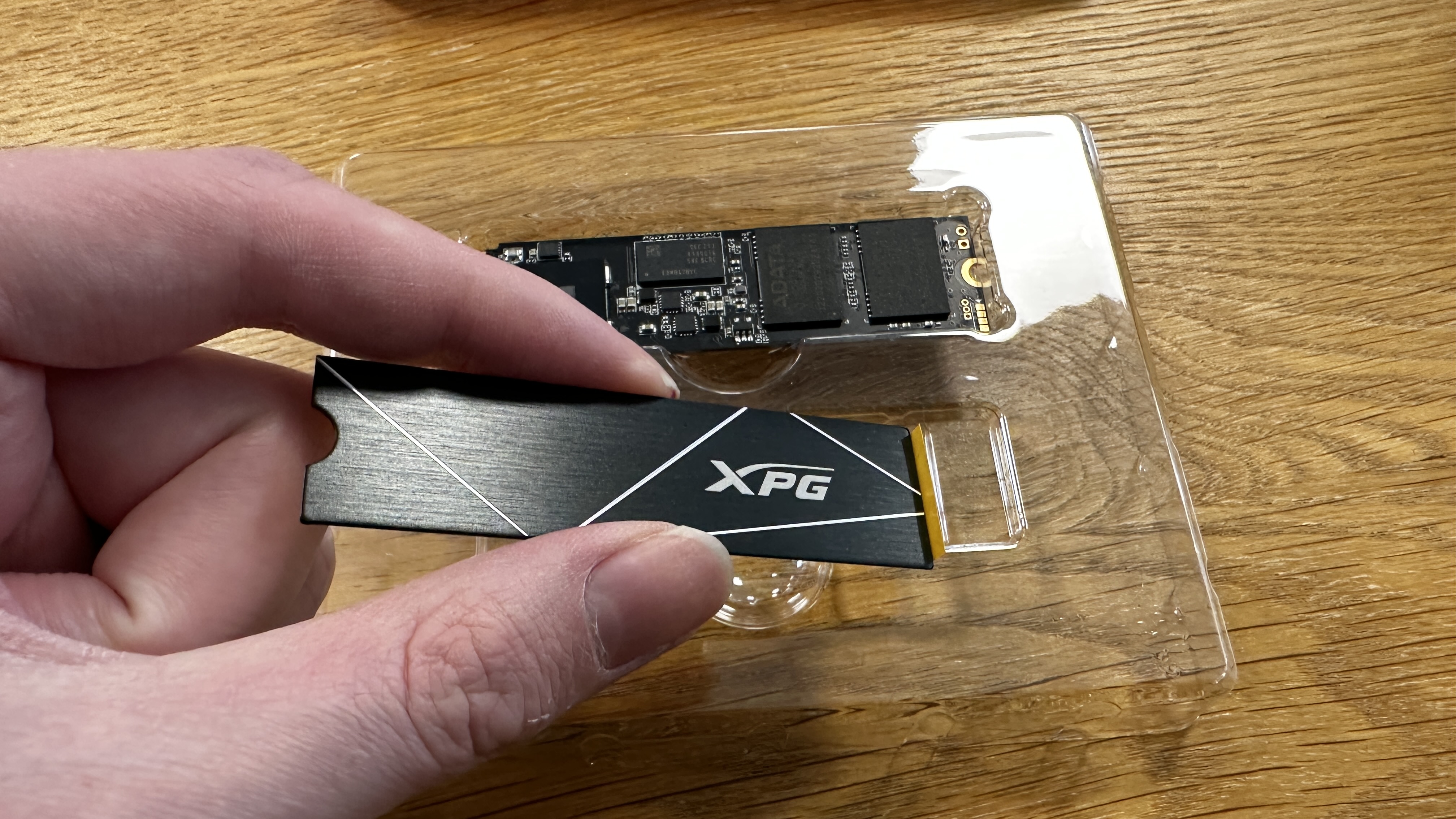
What are some of the features of an M.2 SSD?
M.2 SSDs are characterized by their slim and compact design. They use a standardized M.2 form factor, which is a small circuit board with a length ranging from 30mm to 110mm and a width of either 22mm or 80mm.
These SSDs can support different interfaces, including SATA and PCIe. SATA-based M.2 SSDs connect to the motherboard using the SATA III interface, while PCIe-based M.2 SSDs use the high-speed PCIe lanes for faster data transfer. PCIe-based M.2 SSDs, especially those utilizing the NVMe protocol, offer significantly higher performance compared to SATA-based M.2 SSDs.
M.2 SSDs can also provide faster data transfer rates compared to traditional 2.5-inch SATA SSDs. SATA-based M.2 SSDs typically offer similar performance to their 2.5-inch counterparts, while PCIe-based M.2 SSDs can deliver much higher data transfer rates, especially when paired with NVMe. PCIe NVMe M.2 SSDs can achieve sequential read and write speeds in the range of several gigabytes per second (GB/s), offering significant performance advantages for tasks that require fast storage access.
Is an M.2 better than an SSD?
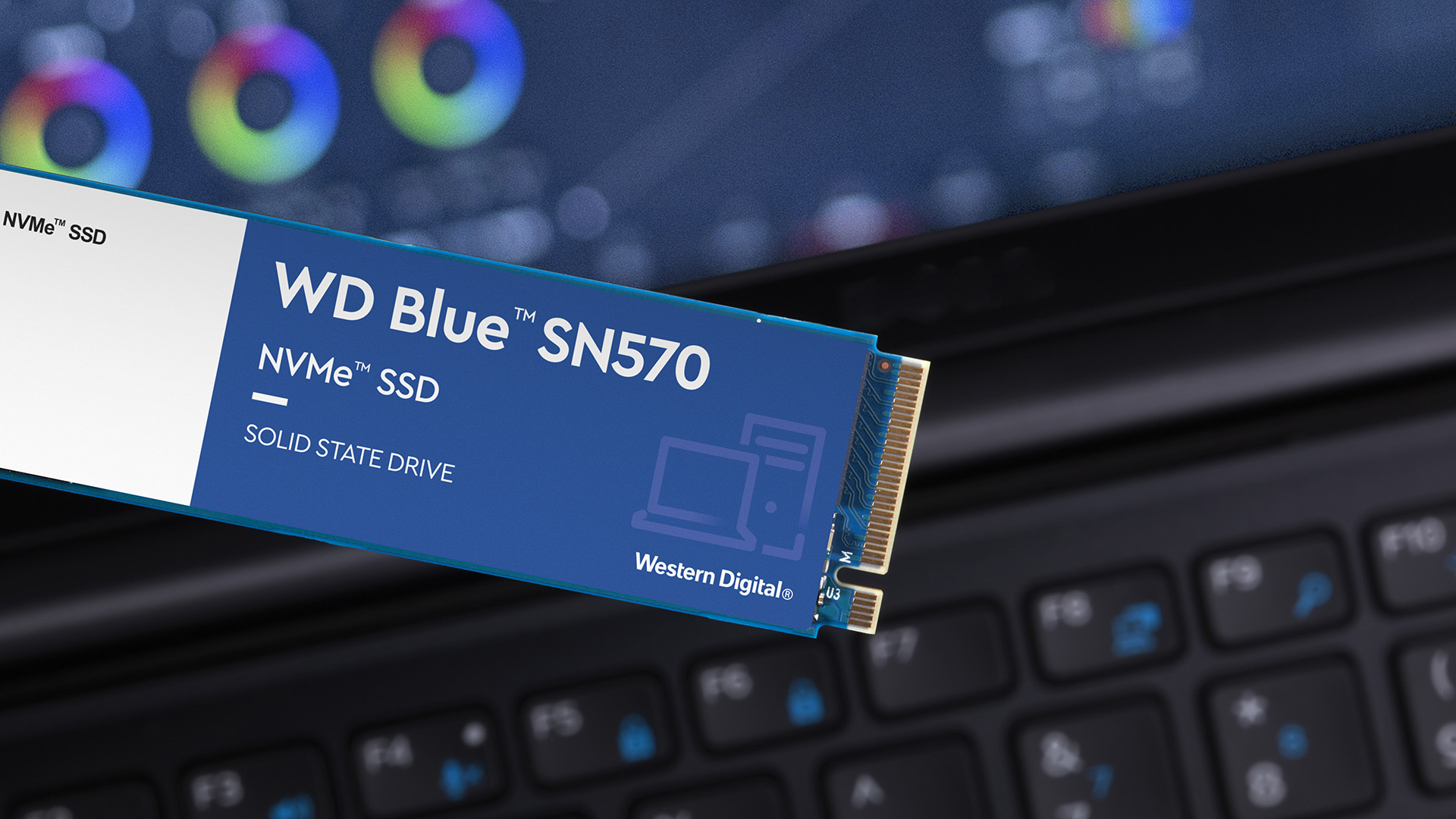
Is an M.2 better than an SSD?
The M.2 designation simply refers to a form factor for an SSD, and it is not inherently better than other types of SSDs like SATA or PCIe. Instead, M.2 refers to the physical shape and interface, while SATA and PCIe refer to the interface standards used to connect the SSD to the motherboard. It is the latter that determine the SSDs performance, not the former.
An M.2 SSD can use either the SATA or PCIe interface, and their performance will depend on the specific interface and technology employed.
M.2 SSDs that use the SATA interface offer similar performance to traditional 2.5-inch SATA SSDs. They have the advantage of a smaller form factor, making them suitable for thin and compact devices like ultrabooks. However, their data transfer rates are limited to the SATA III speed, which is around 600 MB/s.
M.2 SSDs that use the PCIe interface offer higher performance compared to SATA-based SSDs by leveraging the faster PCIe bus to achieve faster data transfer rates and improved read and write speeds. PCIe SSDs can provide significantly higher sequential and random read/write speeds, making them ideal for demanding tasks such as gaming, content creation, and data-intensive applications.
Do I really need an M.2 SSD?
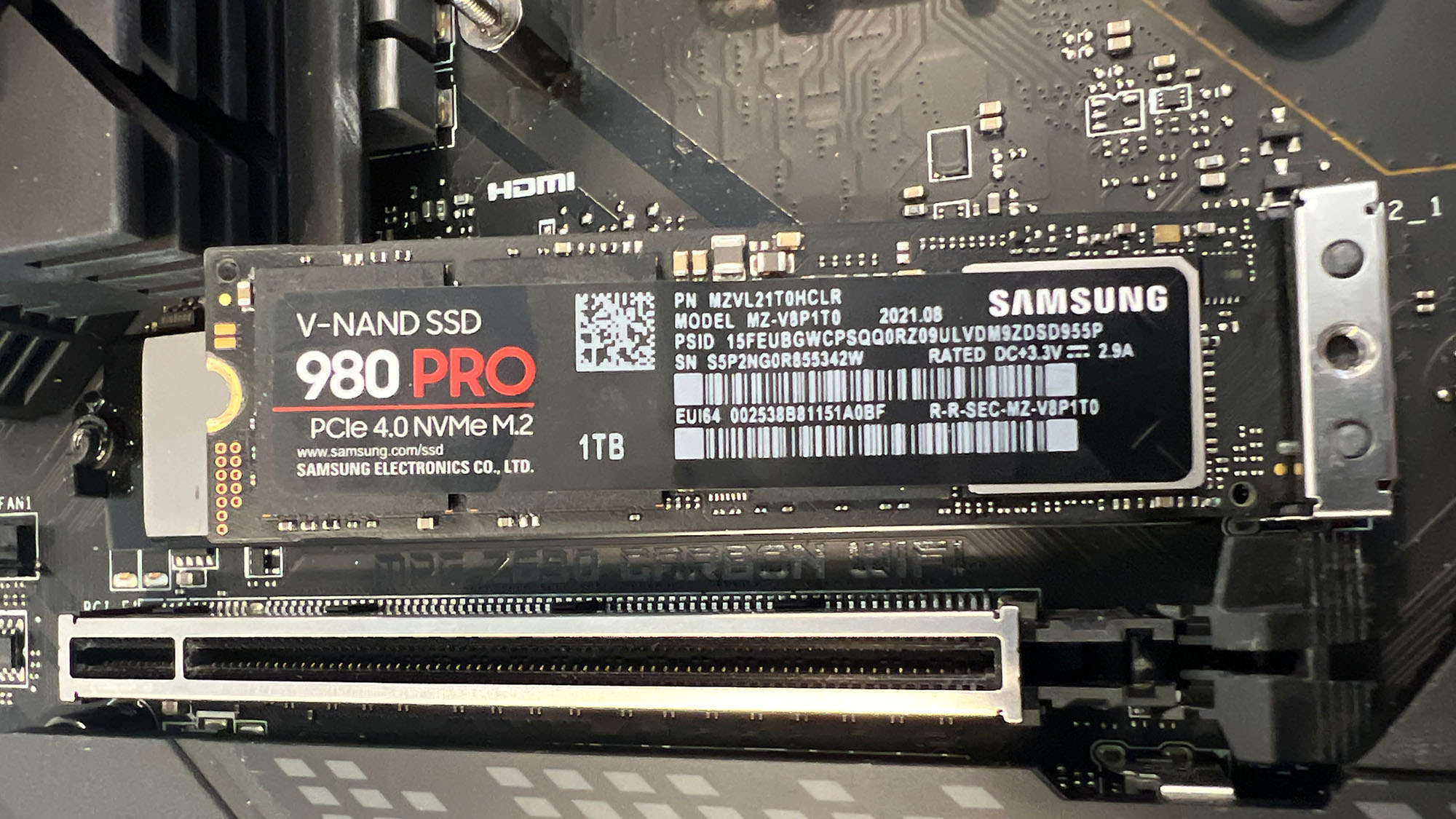
Do I really need an M.2 SSD?
Whether or not you need an M.2 SSD depends on your specific requirements and use case. M.2 SSDs can offer several advantages over traditional storage solutions, including faster read and write speeds, smaller form factor, and increased storage capacity. However, they may not be necessary for everyone.
If you require faster read and write speeds for tasks such as gaming, video editing, or database management, an M.2 PCIe SSD can offer significant improvements in performance compared to traditional storage solutions. However, if you are using your computer for basic tasks like web browsing, email, and word processing, an M.2 SSD may not provide noticeable performance improvements.
If you have a compact device like a laptop or ultrabook that requires a smaller form factor, an M.2 SSD can be a suitable storage solution. However, if you have a desktop PC or a larger laptop that can accommodate a traditional 2.5-inch SSD or hard drive, an M.2 SSD may not be necessary.
What are the downsides of M.2 SSDs?
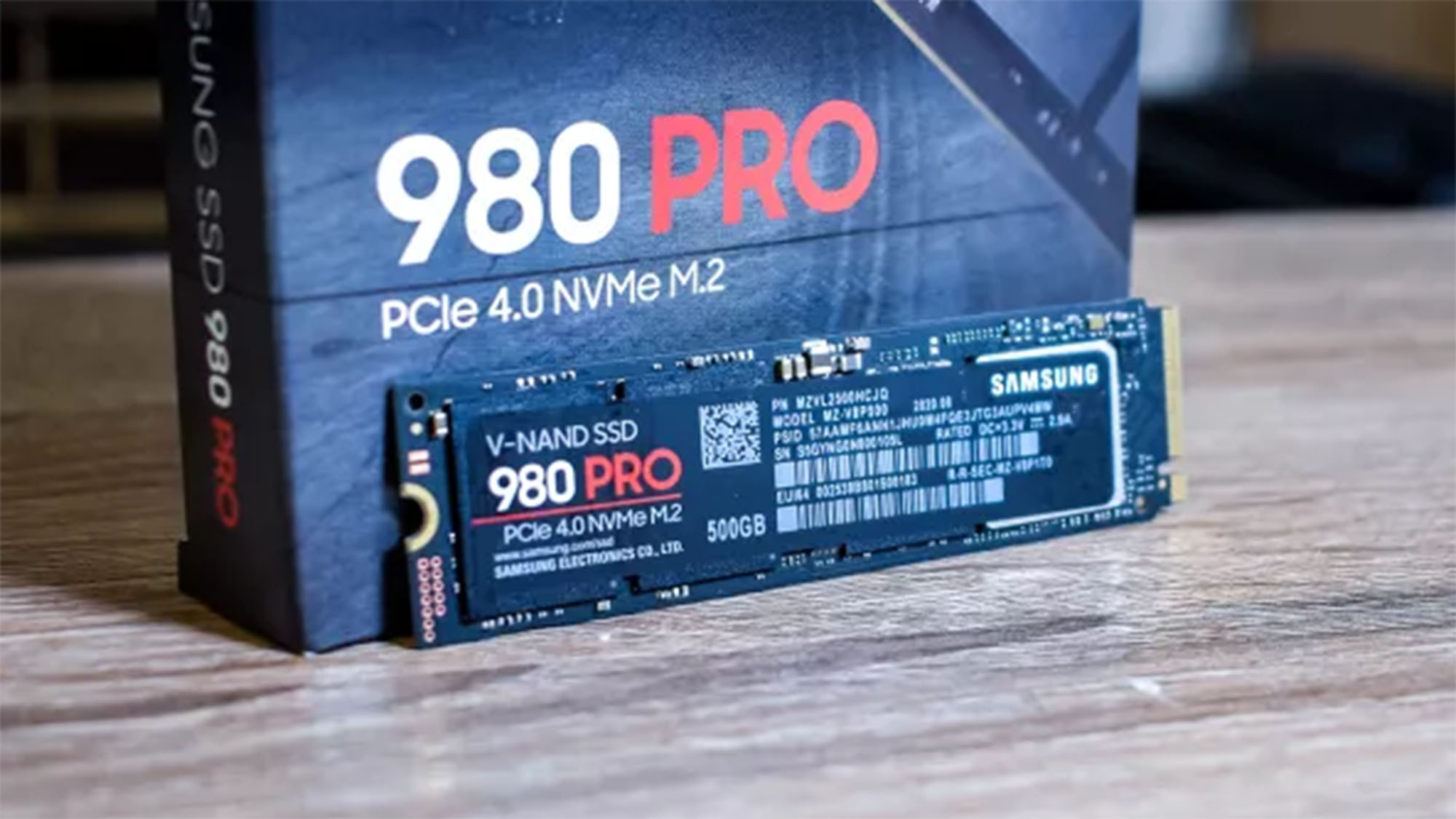
What are the downsides of M.2 SSDs?
While M.2 SSDs offer several advantages, they also have a few downsides that are worth considering.
Any M.2 SSD will require a compatible M.2 slot on your motherboard for installation, and not all motherboards or laptops have M.2 slots, and even if they do, they may only support specific key types or interface standards (SATA or PCIe). It's important to check the specifications of your device and ensure compatibility before purchasing an M.2 SSD.
There's also heat to consider. An M.2 SSD tends to generate more heat compared to a traditional 2.5-inch SATA SSD, thanks to its smaller form factor which can have components densely packed into a smaller space. High temperatures can potentially affect the performance and lifespan of the SSD. To mitigate this, make sure any M.2 SSD you consider includes a heatsink or thermal solutions if your motherboard doesn’t already, or at the very least ensure adequate airflow through your system.
And while M.2 SSDs can offer high storage capacities, the physical size limitations of the M.2 form factor may restrict the maximum storage capacity available. This is particularly relevant for shorter M.2 SSDs that may have fewer NAND flash memory chips and, therefore, lower storage capacity. If you require extremely high storage capacity, traditional 2.5-inch SSDs or hard drives may be more suitable.
Finally, M.2 SSDs, especially those that utilize PCIe/NVMe interfaces, tend to be more expensive compared to traditional SATA SSDs. If your budget is your primary concern and you don't require the maximum performance offered by PCIe SSDs, a traditional SATA SSD may be a more cost-effective choice.
It's important to note that not all M.2 SSDs will have these downsides, and some may offer solutions or optimizations to address these issues, so it's advisable to research specific models and consider your specific needs before buying any M.2 SSD.
Get daily insight, inspiration and deals in your inbox
Sign up for breaking news, reviews, opinion, top tech deals, and more.

John (He/Him) is the Components Editor here at TechRadar and he is also a programmer, gamer, activist, and Brooklyn College alum currently living in Brooklyn, NY.
Named by the CTA as a CES 2020 Media Trailblazer for his science and technology reporting, John specializes in all areas of computer science, including industry news, hardware reviews, PC gaming, as well as general science writing and the social impact of the tech industry.
You can find him online on Bluesky @johnloeffler.bsky.social